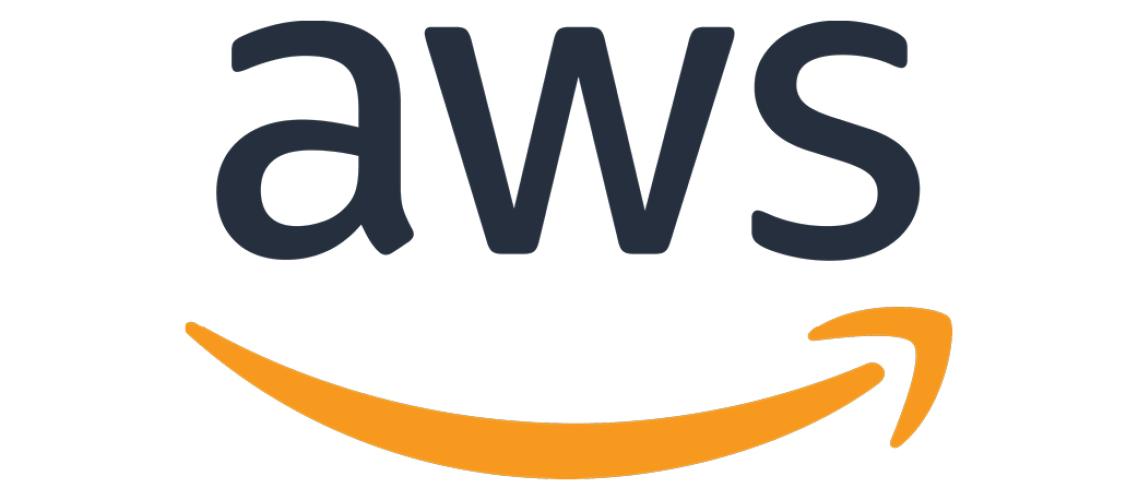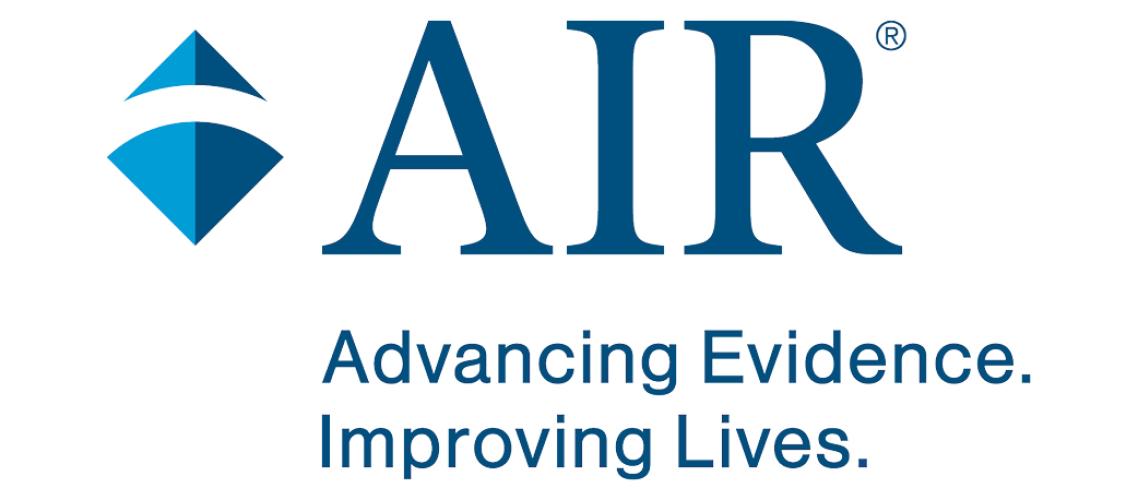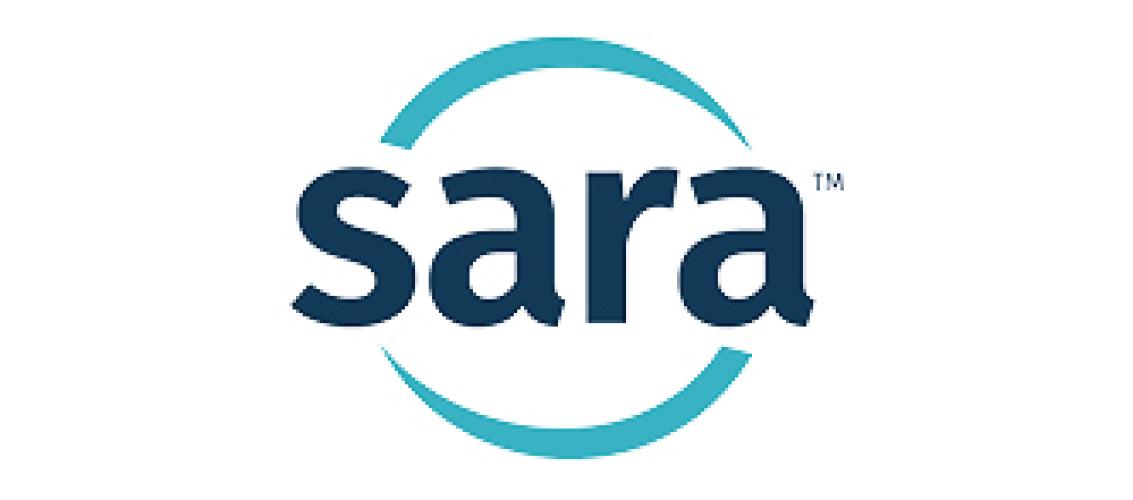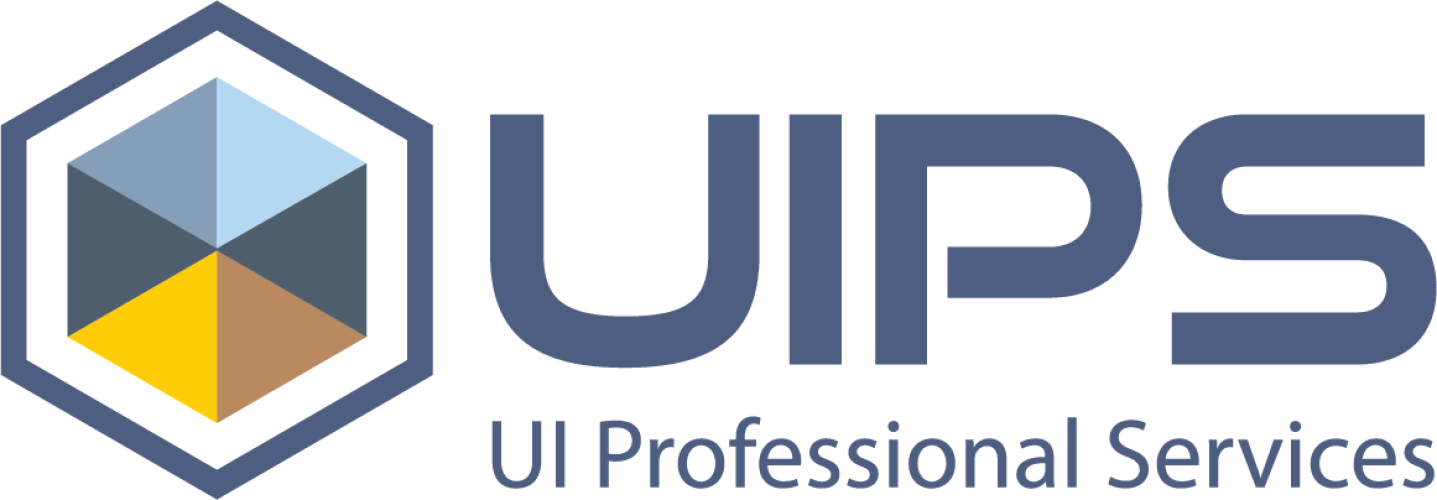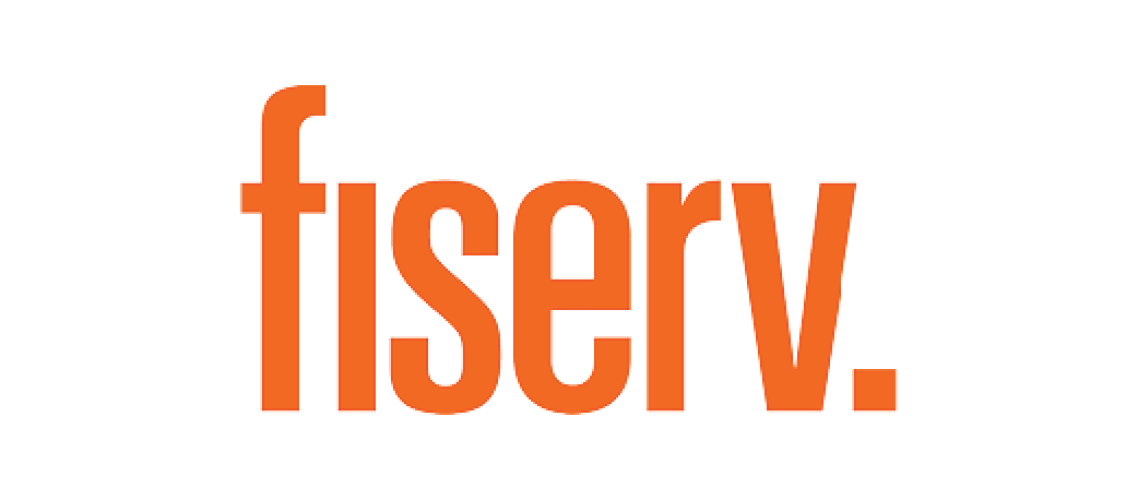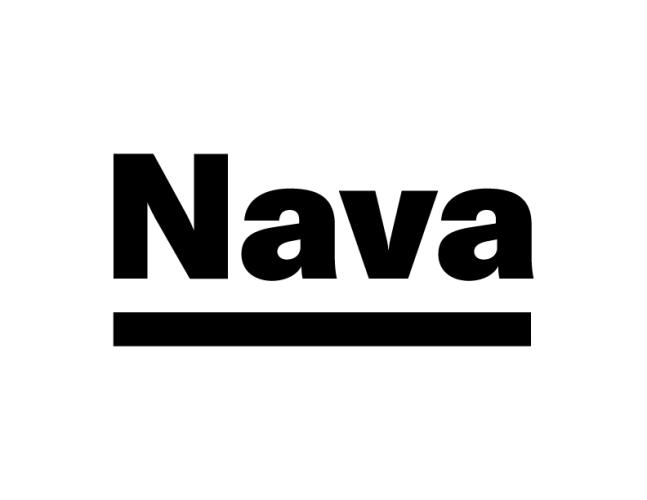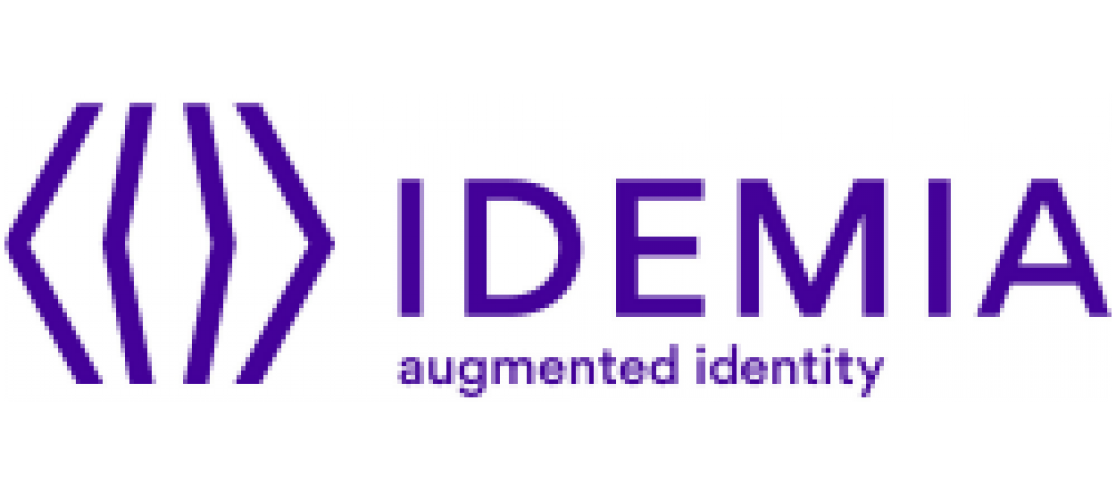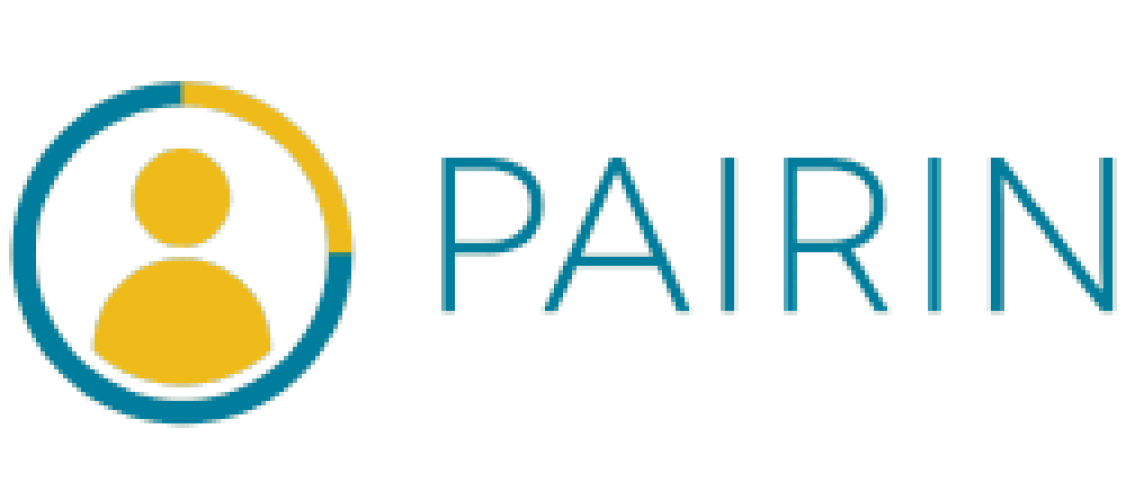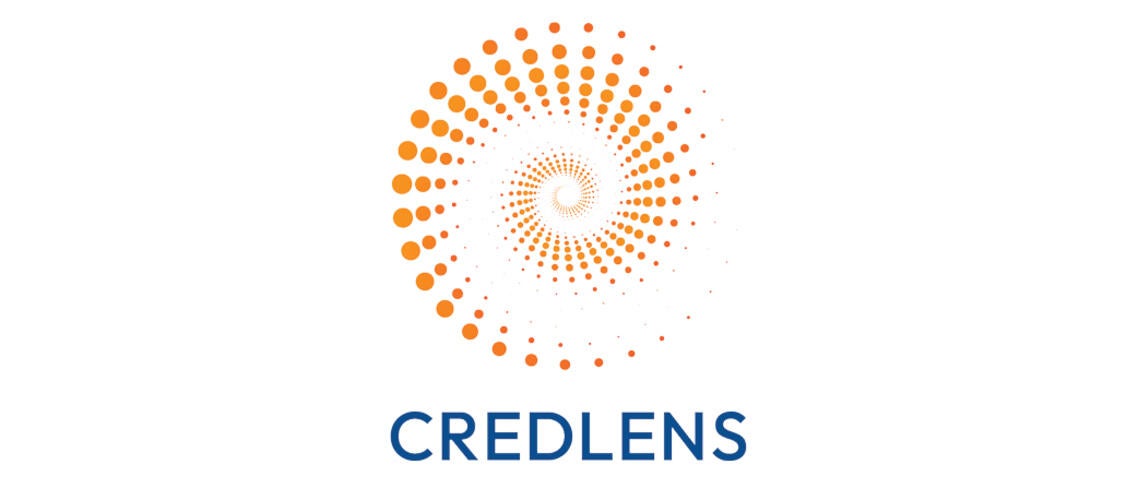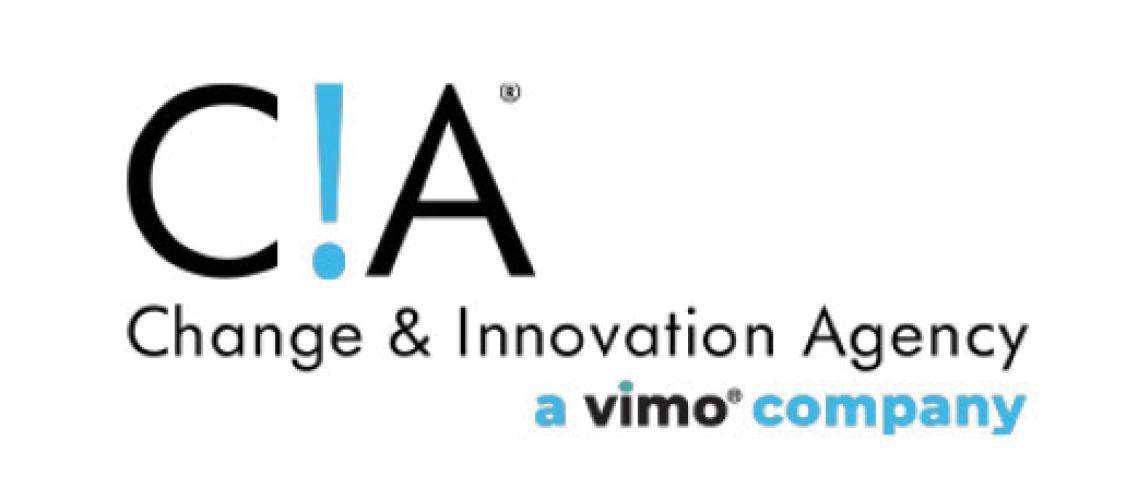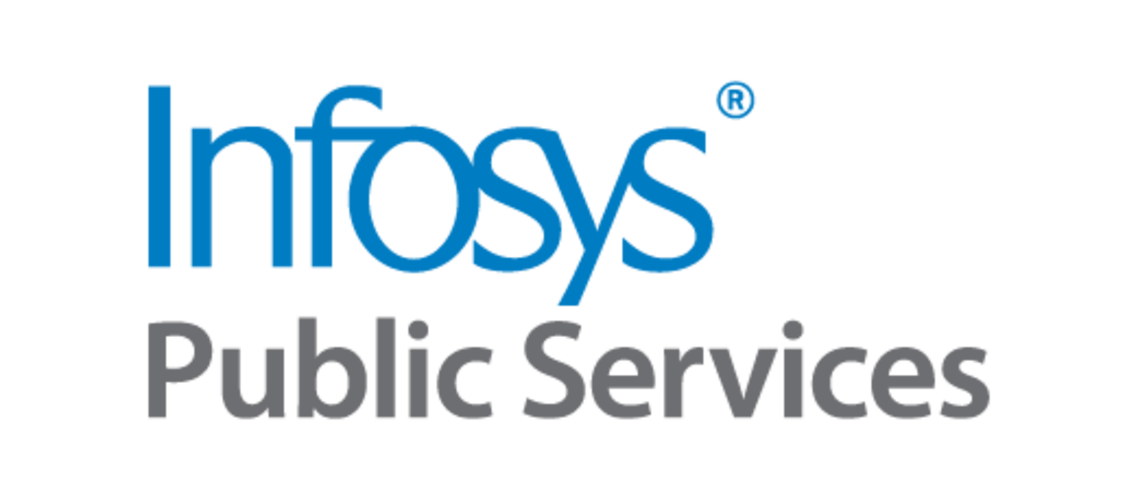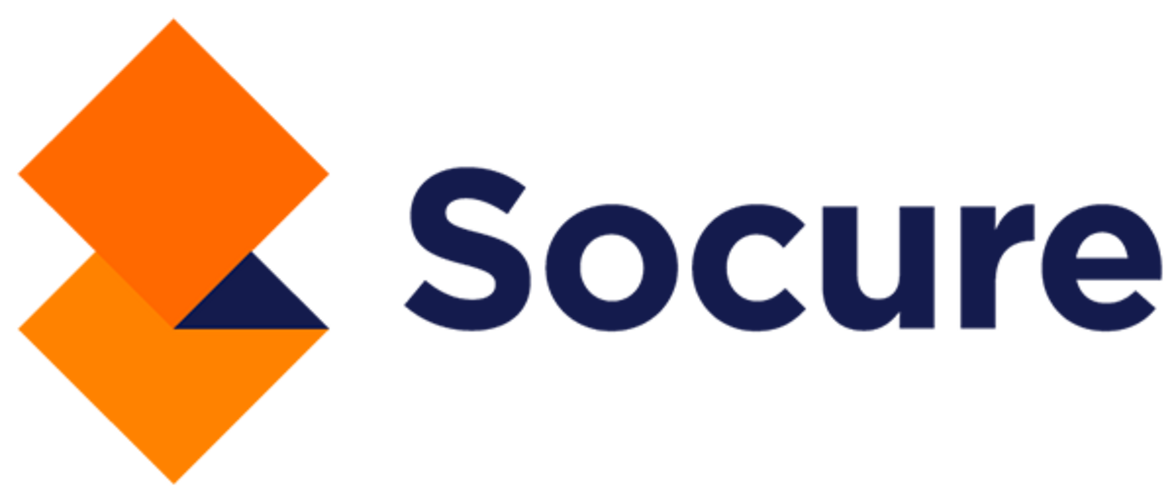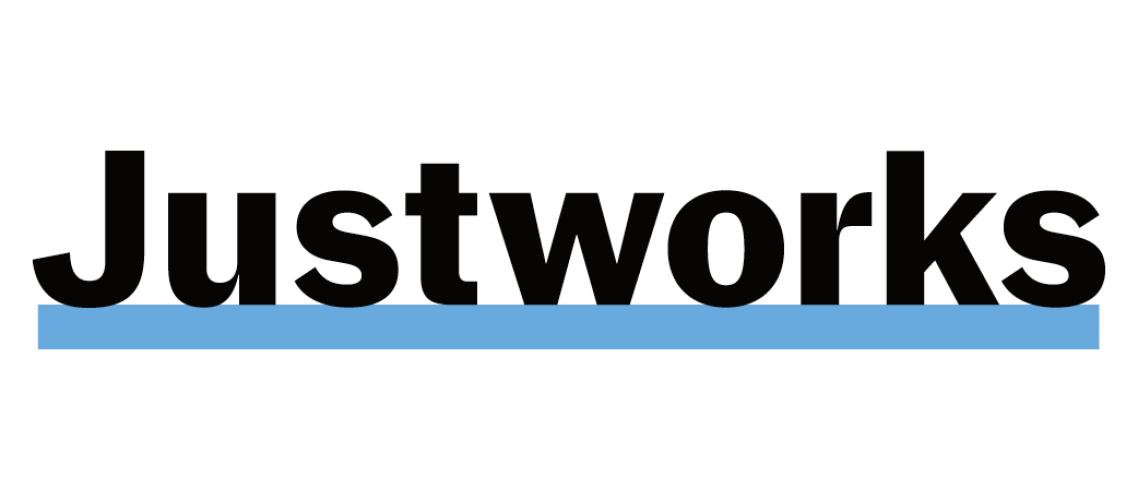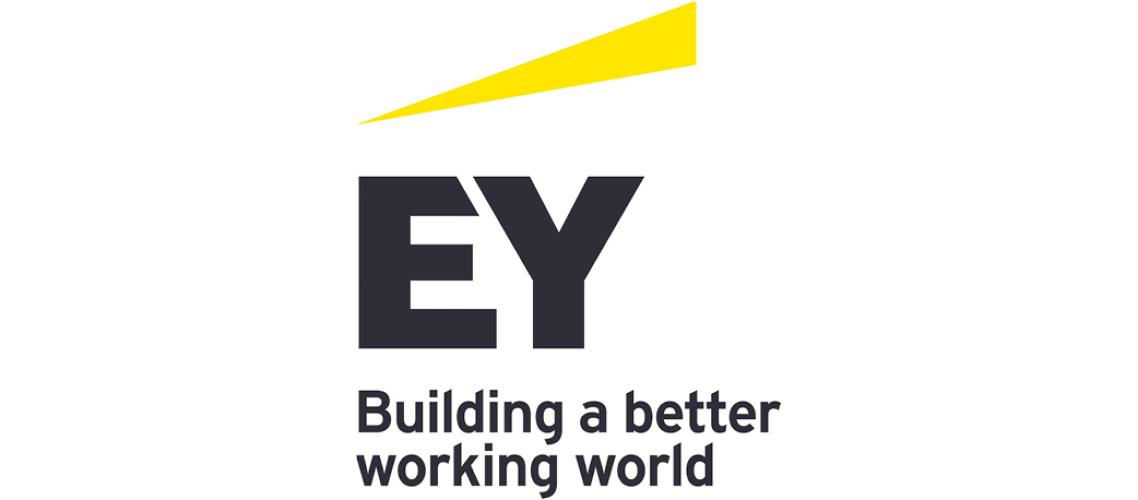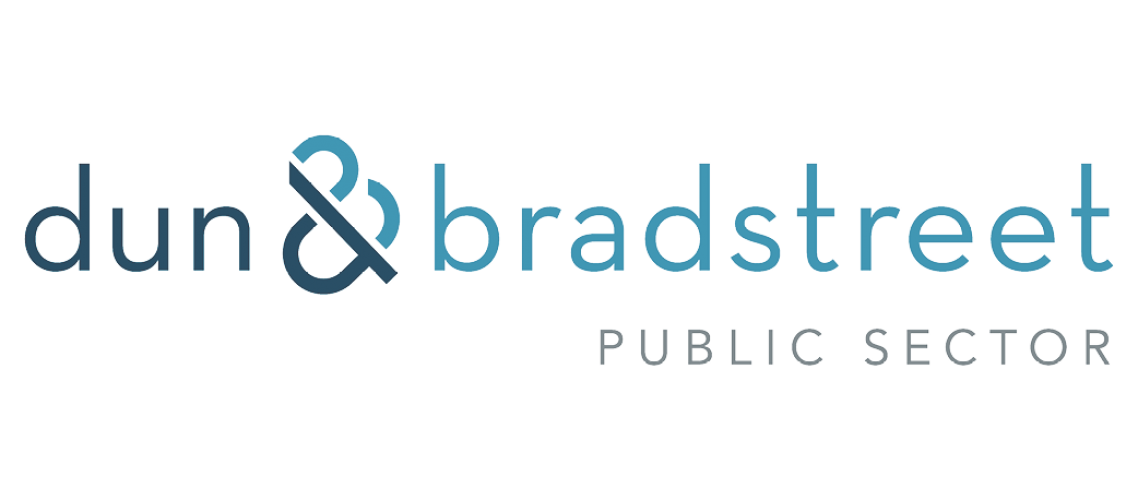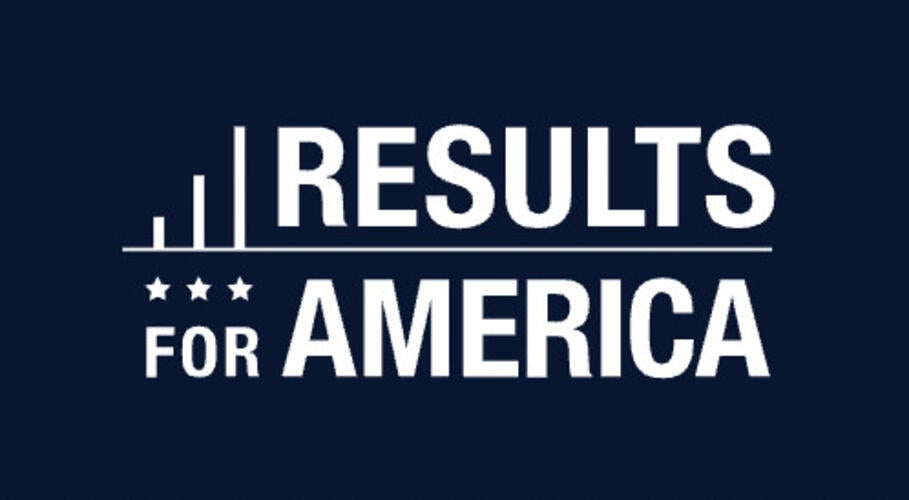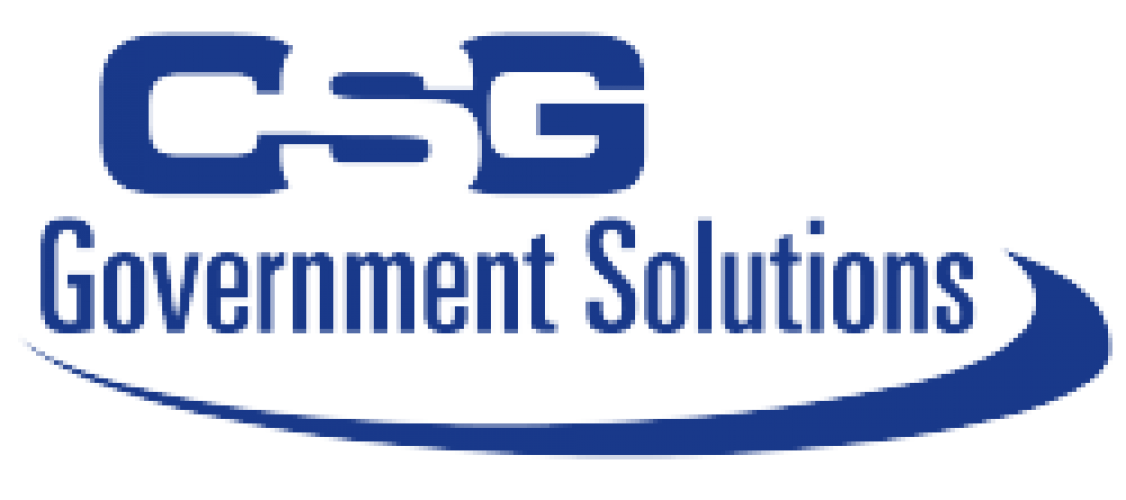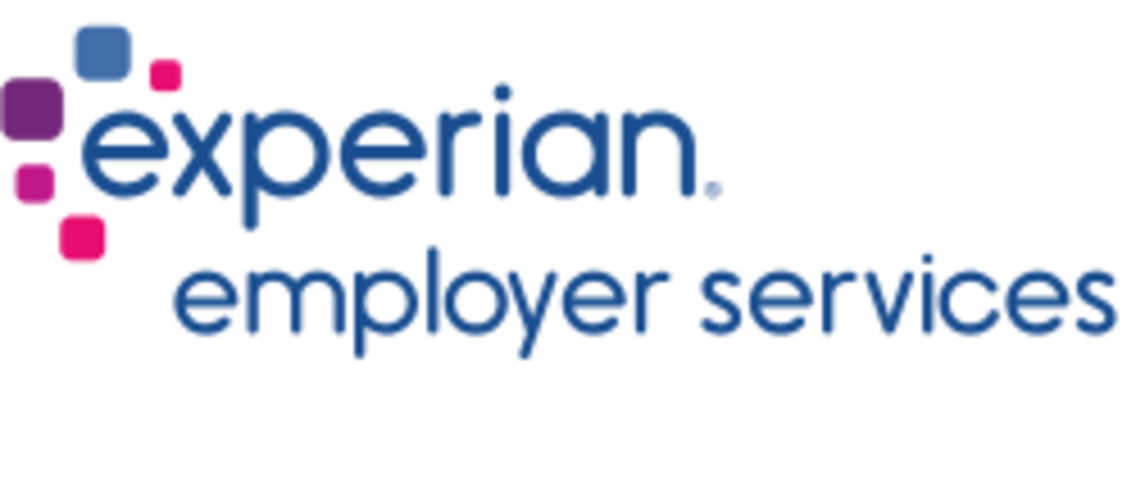The BI Beat - September 2024
Welcome to the BI Beat, a section dedicated to Behavioral Insights in NASWA's monthly newsletter. Here, states can stay informed about the latest developments in the field and learn more about what's happening in the world of Behavioral Insights!
Bridging the Digital Divide
You're racing against the clock to submit a credit card payment before the deadline. As you reach for your computer, you realize it's at home, miles away. “No worries,” you think—"I'll just use my phone.” Next, you open your bank’s app, and the dreaded "No Network Connection" message pops up. Panic sets in as you think about all the repercussions a late payment might bring. How can something so crucial slip through the cracks because of a dead zone?
For some, this is a minor inconvenience that can be easily resolved by selecting an automatic payment feature in the bank’s app once there is internet access. For others, it can be a symptom of a much larger problem.
The digital divide is a term used to describe the gap between those who can easily access digital services and those who cannot. In the U.S., there are currently 24 million people who have limited or no internet access. Many communities that fall through the cracks of the digital divide include those in rural areas, low-income households, and individuals in the aging population.
When it comes to accessing labor programs, the digital divide can hinder equitable access for customers with limited or no internet access. This divide is a significant behavioral barrier- an obstacle that can deter someone from acting or making an optimal decision. For many individuals with limited internet access, this means that they may forgo applying for unemployment insurance or lose eligibility due to their inability to access digital processes, like filing an initial claim or recertifying their work search.
State agencies are committed to guaranteeing that all citizens have access to the services they need, regardless of technological capabilities. However, the growing emphasis on digital-first solutions can present challenges. Balancing the demand for modern, efficient digital services with the need to maintain effective offline options is a complex task. Yet, it remains crucial to preserve these offline options and find ways to preserve the accessibility lifeline for a portion of the population.
To help navigate these challenges, NASWA members can explore the insights provided by behavioral science. Behavioral science emphasizes reducing friction – any barrier that hinders the smooth completion of tasks. By identifying and addressing these friction points, the goal is to create even more user-friendly, inclusive systems that are accessible to everyone. Here are some ideas to preserve or enhance accessibility for those with limited access to technology.
- Keep options like phone filing and/or in-person claim filing available and accessible for those without internet access.
- Offer customer support to assist users with both digital and offline processes.
- Create digital services that are accessible through low-bandwidth options.
- Build relationships with libraries and community organizations that offer computer access and develop strategies to enhance outreach to customers who need to access services online.
- Develop user-friendly communications targeted toward those with low technological access to educate them on the availability of programs and how they can access them.
These strategies serve as behavioral "off-ramps," offering alternative pathways to ensure everyone can engage fully and fairly in the digital world.
Modernizing systems is an exciting opportunity to create more efficient and accessible services. However, this progress should be inclusive, to ensure no one is left behind. By keeping offline populations in mind as part of modernization efforts, states can build a future that truly works for everyone, regardless of their access to technology.
Findings from the Field
Creating an equitable customer experience is top-of-mind for many state workforce agencies – especially as many are planning or starting their modernization efforts. However, many claimants face challenges in accessing essential services due to limited or no internet access. This can lead to reduced program compliance and increased barriers to services. In this month’s Findings from the Field, we’re sharing a list of recommendations for ways to engage claimants in other effective ways Each of these recommendations includes evidence from behavioral science studies in which they have been tested with groups in the United States.
Engaging Claimants with Limited or No Internet Access
1. Offer claimants in-person guidance.
a. Providing in-person, one-on-one support for people accessing benefit programs has shown to have a positive effect. For example, several academic studies demonstrate that providing one-on-one, personalized support is a promising way to encourage uptake and completion of the Free Application of Federal Student Aid (FAFSA). A team of researchers partnered with H&R Block tax professionals to encourage low-income families to submit FAFSA applications directly after filing their taxes. The team compared application submission rates between two groups:
i. One in which the H&R Block representative provided information on FAFSA; and
ii. One in which the H&R Block representative provided information and assisted them with completing the application.
The researchers found that the group that received the application assistance had higher submission rates, compared to those who only received information about FAFSA.
b. For NASWA members, this information can be particularly useful in helping guide the strategies that local staff may take to help claimants with limited internet access, whether for successfully submitting an initial claim or completing RESEA requirements.
c. NASWA BI and Deloitte have developed a step-by-step guide for enhancing in-person messaging for Reemployment services. The tips and this guide can be easily integrated into other services, like initial claim filing assistance.
2. Send accessible reminder messages.
a. As we’ve shared in previous blog posts, reminders could help improve program compliance with labor programs. For example, researchers at Syracuse University examined the effectiveness of different types of behaviorally informed messages —auto-dialer calls, text messages, and no reminders—for prompting SNAP recipients in Minnesota to recertify their benefits. They found that text message reminders were the most effective, boosting recertification rates by 5 to 15 percent, depending on the recipient group.
b. When sending reminders, it is important to note that the content matters. The reminders from the study listed above were behaviorally informed, incorporating nudges and framing that were carefully designed to resonate with the target audience. When crafting reminders for claimants with limited or no internet access, it may be helpful to include the agency's phone number and local office addresses for them to refer to if needed.
c. NASWA BI and BIT have developed a toolkit for state workforce agencies interested in implementing SMS reminders. The tools and advice included in this resource can be helpful for crafting reminder messages for claimants with limited or no internet access.
3. Incorporate behavioral messaging into your call centers.
a. It is important to have viable off-ramp options for claimants who are unable to complete their applications online. One effective approach is to integrate behavioral insights into agency call center scripts. Call centers have long been a touchpoint for behavioral scientists to design interventions. For example, BIT conducted several trials in Eastern Europe and Latin America, which included providing call center staff with scripts and protocols to assist gender-based violence survivors in developing a safety plan.
b. In labor programs, using behaviorally informed call center scripts could be a helpful way to nudge claimants to complete required actions efficiently. These scripts can be designed to guide claimants through the process smoothly, ensuring they receive the support they need without online resources.
c. To learn more about BIT’s work in designing behavior-informed call scripts, you can check out this blog post.
4. Simplify Local Office Handouts.
a. In last month’s BI Beat article, we highlighted evidence that showed how simplification can be a powerful tool for encouraging program compliance. Simplification can be another way for NASWA members to help claimants with limited or no internet access. For example, you may consider simplifying the text and design of your agency's resources in local offices to make them easily accessible and understandable for claimants who rely on in-person visits.
b. One effective approach is to create a simplified claimant handbook or one-page guide that offline claimants can access in the local offices. These simplified materials could help improve comprehension and compliance for UI claimants who do not have reliable internet access.
c. NASWA BI and BIT have developed a step-by-step guide for creating a simplified handbook, offering practical advice on streamlining content and design for better accessibility. NASWA Learning and NASWA BI also partnered to develop a Model Claimant Handbook and Model Employer Handbook, both of which use plain language, behaviorally informed messaging and design principles, and best practices from the field of instructional design to provide important information to customers in a user-friendly way.
For more resources on how to design strategies to reach offline claimants, visit NASWA’s Behavioral Insights Toolkit.
Partner With NASWA BI
Reach out to us at integrity@naswa.org.
